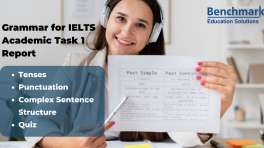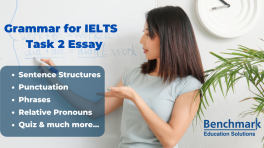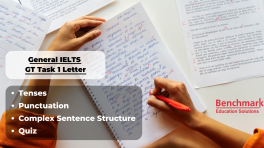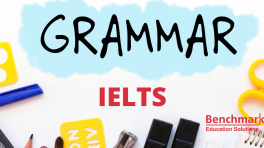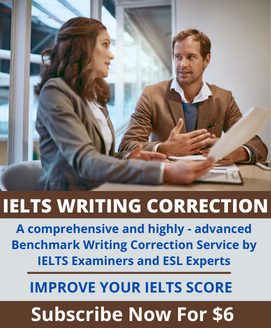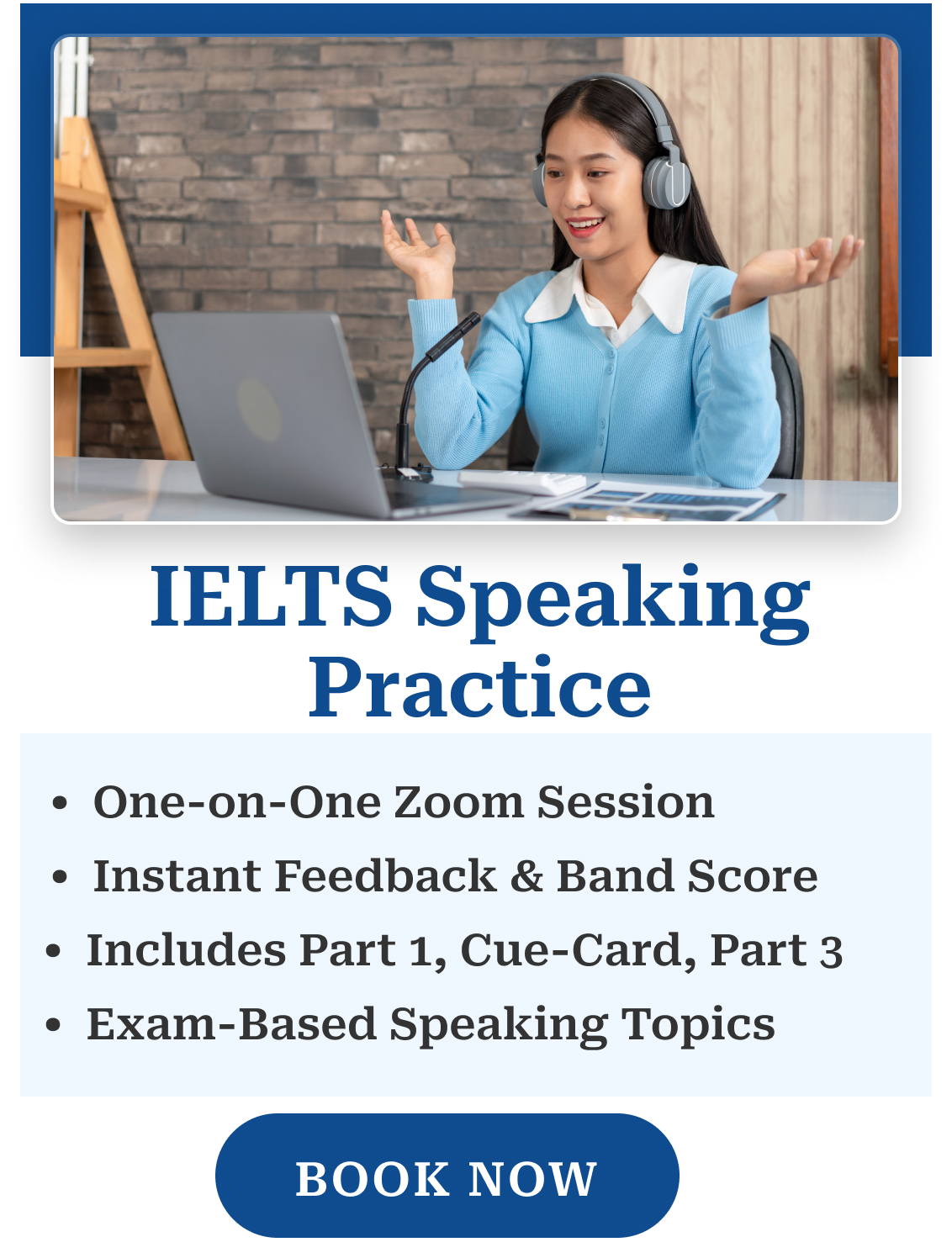Grammar Guide to Score High in IELTS Reading
- 0 Comments
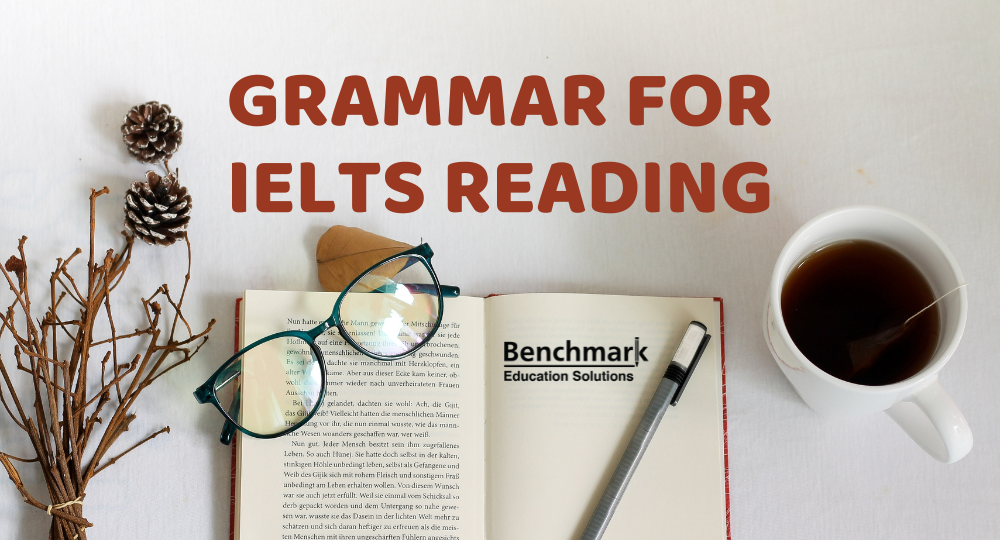

Having good knowledge of English grammar is useful in the IELTS reading section, as it will provide candidates with the skills needed to properly understand a text.
Table of Contents
1. Key Grammar Areas for IELTS Reading
Time is an important factor when taking the IELTS, as you only have a limited amount, and you don’t want to waste a second. By being prepared by learning all the key grammar areas ahead of time you’ll guarantee a better understanding of the reading passages and long sentences. On top of this, being familiar with sentence structures will improve your chances of quickly locating answers through skimming and scanning techniques.
1.1 Tenses
Identify when events in longer texts have occurred or will still occur. If you don’t have a sufficient understanding of all the tenses in English, it’ll be significantly more difficult to follow or even understand any text.
Some reading section questions include filling in the information on a flow chart. This would be a perfect example of where it would be essential for you to understand the sequence in which events are taking place, as you’ll need to add this to the flow chart in the right order.
1.2 Understanding sentence structure
Study the structures of complex sentences. By understanding them, you’ll be able to grasp the meaning of sentences better and locate the subjects of the sentence with ease.
Often, the questions are paraphrased from the sentences in the text. Meaning the sentence structures might differ apart from the use of synonyms. When you understand how to use various sentence structures with flexibility, your comprehension of the text will improve.
1.3 Passive vs Active
It helps the candidate identify who is performing the action in a text. Passive voice also places more importance on who or what the action is being done to and will often have a more formal tone to it. This will allow you to have a deeper understanding of the message the text is trying to convey.
For example:
“Many ancient artefacts were unearthed during the excavation. The team meticulously catalogued each item.”
During the first sentence, the passive voice is used and the importance is placed on the artefacts, whereas in the second sentence, the active voice places it on the team who catalogued them.
1.4 Linking words and phrases
Understand the relationship between ideas to better grasp the overall meaning of longer texts. When connectors are used, like: on the contrary, conversely, whereas, despite, etc., you’ll know that a contrasting idea is being introduced.
2. Tips to improve reading comprehension
- Practice identifying key grammar patterns within a text. Familiarising yourself with the purpose of different tenses, transitional words or phrases, as well as recognising demonstrative words (like these, those, this, etc.) and knowing what they’re referencing, will improve your ability to understand a text.
- Understand how questions and statements can be paraphrased in various ways. By understanding different paraphrasing techniques, it’ll be easier to spot information in the text that might be worded differently.
- Most importantly, study all the core grammar rules from a reliable resource, like Benchmark IELTS.



